Spoiler Alert! This article contains Spoilers of The Last of Us!!!
Season 2 of The Last of Us, created by Craig Mazin and Neil Druckmann, starring Bella Ramsey, Pedro Pascal, Gabriel Luna, and Isabela Merced, has finally come back to our screens, and it’s been a rough start. Spoiler Alert!! The icon himself, Pedro Pascal, leaves the show after the second episode when Joel is brutally murdered. Whereas fans from the show are disappointed and sad, true fans from the videogame are not surprised, as they knew this was bound to happen. I confess that Joel left the show earlier than I would’ve liked, just as many other people would’ve wanted to. I think the show jumped very quickly into Joel’s murder, and the season starts with a tense relationship between Joel and a “coming-of-age” Ellie. The season wants to portray the difficulties of a father-daughter dynamic. They are both getting older and becoming more stubborn, but this ambivalence takes us nowhere and is only used as a resource for Ellie’s future trauma.
Audiences have not responded as enthusiastically this season for many reasons. Many fans continue comparing Bella Ramsey’s acting to video game actress Ashley Johnson, who played Ellie’s mom on the show. Other viewers are merely misogynistic or homophobic and dislike Bella’s performance because she’s not your typical heteronormative “It girl”. Other fans are judging the show because they claim it’s making many creative choices when it comes to storytelling, and claim it’s not as impactful as the video game. In the video game, Abby’s identity and motives are revealed after she kills Joel. In the show, her persona and drive are shown before she kills Joel. I think her villainous five-minute monologue before killing Joel came across as overly dramatic and unrealistic, almost like a soap opera. Either way, it wasn’t enough to call the episode disappointing. It was still jarring and captivating, no question in that. Whenever we look at an adaptation from a book, a game, or even another movie, comparison is unavoidable. It is as if we are setting ourselves up for disappointment because we have seen something we liked, especially as fans. Not only do we want the new production to meet our expectations, but we want to be surprised even more. We become so diligent that it makes it almost impossible to enjoy the new version.
I, however, can’t stop thinking about why the show is not as intriguing as it used to be. Could it be that times have changed? We must remember it’s been two years since the first season was released. Back then, society was falling back in order after COVID-19. Even though COVID wasn’t nearly as harmful as a Cordyceps pandemic or other epidemics like the Bird Flu or Ebola, it changed parameters that had never been challenged before. For example, at-home education or work modalities. These things isolated people, worsening their mental health, and we all faced a level of paranoia that entire countries hadn’t experienced in decades. Watching season one was relatable because audiences could understand a similar emotional hardship to trying to adapt to a new world, new societies, failing old ways, and new approaches to socializing. But two years later, Russia invaded Ukraine, and Donald Trump won… again. This last event has increased tensions between the US and the European Union. The Israeli-Palestinian conflict untied another violent war, the Pope died, and the United States has gone back to a polarized, conservative, and divided standing. There’s been an increase in the housing crisis, an increase in medical debt, and, not to mention, the anger from the people has also risen, and now they are looking up to United Healthcare CEO murderer, Luigi Mangione, as a role model. Thanks to tariffs and pointing fingers at everyone, the recession is back and better than ever. But… wait! So are vampires! Nosferatu came back to theaters with a marvelous chilling adaptation by Robert Eggers on December 25th, and Sinners with sexy vampires was released on April 17. So… could it be that audiences are not captivated by Zombies or post-mortem chasing psychopaths anymore?
The Meaning of Monsters
Mackenzie K. Phelps on Fear Then and Now: The Vampire as a Reflection of Society explains that humans have created monsters to express abstract fears. Societies have gone from expressing unconscious fears through oral traditions, literature to watching them on screens. People have made monsters to blame for all their negative or bad experiences, disasters, and inconveniences. Miscarriages were believed to be caused by evil spirits or demons, and mentally ill people had demonic forces puppeteering them to explain erratic and unknown behavior. Rotting harvests or animals were believed to be caused by mischievous beings.
Zombies
Paul J. Patterson, PhD, argues that Zombies represent a “disease following you” and “it’s about the environment degrading and falling apart” (Patterson in Park, 2018). Shows like The Walking Dead are a commentary on how humans react when societies fall, the fear in the back of our minds about losing stability. “When society fails us, when government fails us, how will we react? Will we help each other?”
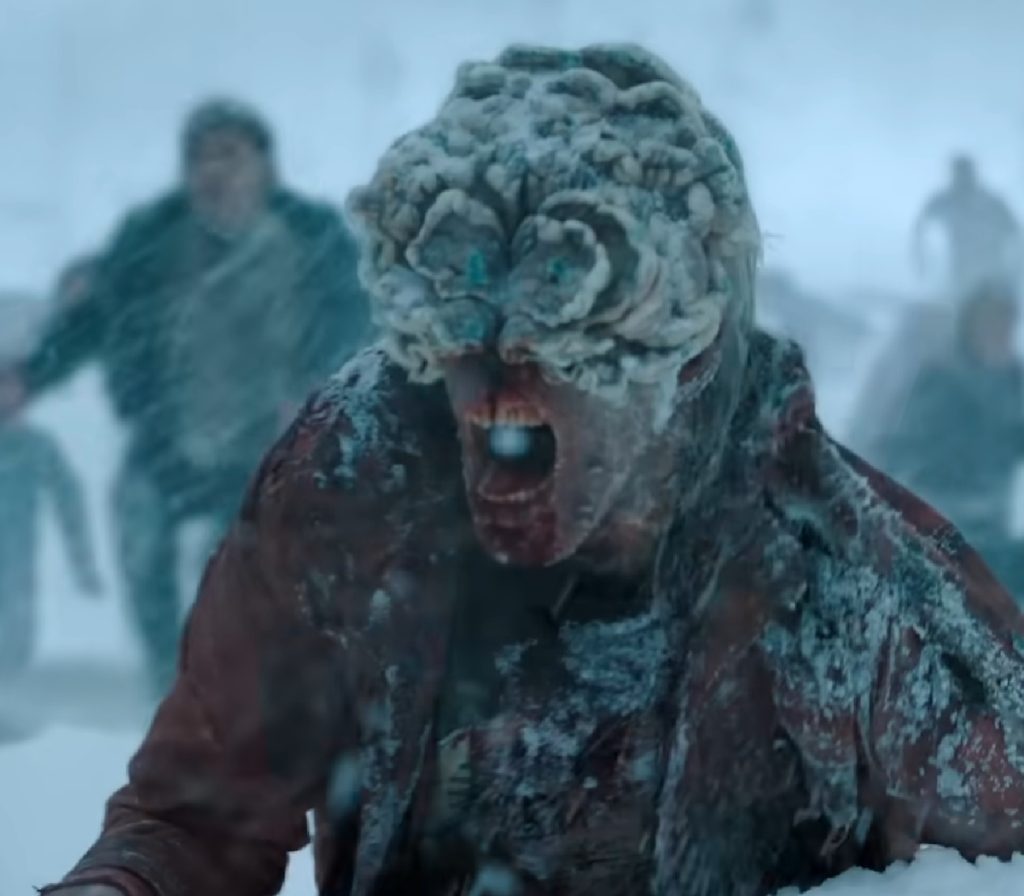
Frankenstein
Frankenstein reveals a societal fear of scientific advancement, the likelihood of failed unintended consequences, and the result of playing God. It reveals anxieties about creating something without understanding its full extent and how it may negatively affect society or how it may become an uncontrollable, destructive liability.
It signifies Scientific Hubris and how creating life or playing with it could release dangers without ethical considerations. An innocent creature may become vengeful and violent toward other innocent people, turning against its creators. It reveals fear of the unknown, especially the afterlife.
“As a parable, the novel has been used as an argument both for and against slavery and revolution, vivisection and the Empire, and as a dialogue between history and progress, religion and atheism. The prefix ‘Franken-’ thrives in the modern lexicon as a byword for any anxiety about science, scientists and the human body, and has been used to shape worries about the atomic bomb, GM crops, strange foods, stem cell research and both to characterise and assuage fears about AI.” (Laurence, 2018)
Vampires
Vampire stories were initially pushed by mass hysteria and the fear of losing “European Christian values”. For example, in the 20th century, “one of us” equaled being straight, Christian, and Caucasian. With the rise of liberalism and a globalized world, vampires represented an unconscious fear of immigrants, Queer people, Jews, and outcasts disguised as the ideal European heteronormative individual.
The typical vampire figure is recycled through the ages to represent various threats depending on the cultural context. Queerness, rich foreigners, foreign invasion, and religions outside of Christianity or Catholicism represent the fall of societies built around their values; anything that threatens them reveals the fear of losing one’s identity, structure, and stability, therefore, safety.
Vampires first became popular among the masses with the release of classic literary pieces like Dracula and Nosferatu. Then vampires became the image of “evil” and “sin”. I believe this genre is amongst the most cyclical in literary and cinematic trends because the West has been struggling back and forth between letting go of Christian beliefs and holding back on to them. Productions like Buffy the Vampire Slayer, The Vampire Diaries, Twilight, What We Do in the Shadows, Interview with the Vampire, and Van Helsing trend every ten to fifteen years to remind us about heterosexual, hence patriarchal, and Christian views about how humans should partner up by sexualizing the characters. The male vampire makes the female victim his property, an unconscious sign of misogynistic views aligned with religion on how women must be submissive to men.
If we look at our current sociopolitical context and consider the rise of Christian narratives through the rise in popularity of conservative leaders like Donald Trump, J.D. Vance, Javier Milei, Nayib Bukele, Giorgia Meloni, Friederich Merz, etc., it is no surprise that Nosferatu is back in fashion.
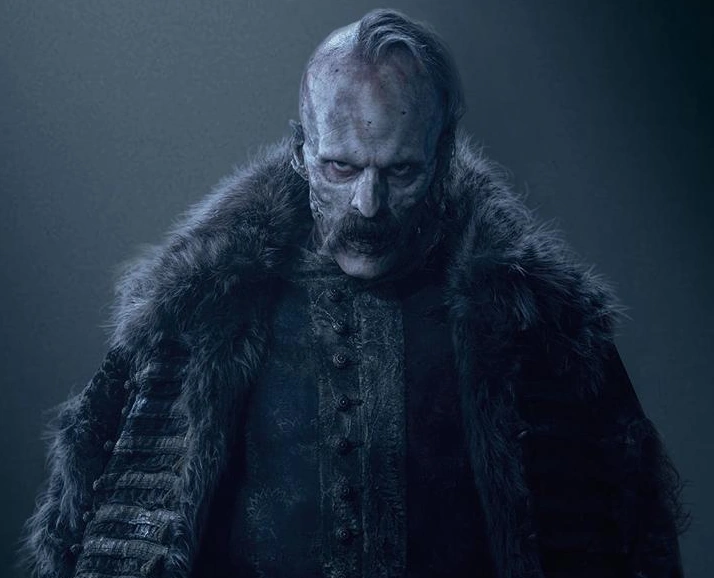
Werewolves
Werewolf mythology originates in Ovid’s Metamorphoses, where King Lycaon, punished by Zeus for his barbaric attempt to fool the god, is transformed into a wolf. This story not only gives us the term “lycanthropy” but also establishes a narrative: the link between human-to-wolf transformation and the fear of consuming human flesh. Lycaon’s myth has been present through centuries of folklore, reminding us in werewolf stories of punishment, savagery, and a moralistic fear of crossing divine or societal boundaries.
In modern culture, werewolves are paired with vampires, but they stay closer to humanity as they are alive, conflicted, and transitional. In nineteenth and twentieth-century literature, female werewolves are born as metaphors for anxieties surrounding women’s autonomy and sexuality. Dressed in white fur, seductively dangerous, and drawn to children with predatory behavior, they challenge ideas about maternity and femininity. The full moon is used as a werewolf trigger, which could be linked to cycles, madness, and womanhood, revealing cultural shifts and unease. Werewolves are not only monsters, but reflections of the tensions surrounding transformation within life, nature, and humanity.
In my opinion, The Last of Us is not as accepted by audiences as it was back in 2023 because in just two years, the narrative has changed. Audiences are no longer scared of disease or the collapse of society because, so far, they’ve seen countries survive a global pandemic. Now, there is a bigger acceptance for conservative ideals, and even tolerance for radical, bigoted stances, such as Elon Musk’s salute at a Trump rally. Vampires are back on our screens due to the return of turmoil – the fear of losing stability linked to financial variations and the worries of a possible recession. People are desperate for something that makes them feel safe and in control. What else to provide such an illusion than traditional views?
Birmingham Perspective. (n.d.). The Big Bad Wolf. University of Birmingham. https://www.birmingham.ac.uk/research/perspective/the-big-bad-wolf
Lang, C. (2022, October 20). Why vampires are having a pop culture moment again. Time. https://time.com/6220602/vampires-pop-culture-2022/
Park, Michelle, “The Aesthetics and Psychology Behind Horror Films” (2018). Undergraduate Honors College Theses 2016-. 31.
https://digitalcommons.liu.edu/post_honors_theses/31
Phelps, Mackenzie K. Fear Then and Now: The Vampire as a Reflection of Society. 2021. Chapman University, MA Thesis. Chapman University Digital Commons, https://doi.org/10.36837/chapman.000287
Russell, M. (2018, June 11). Why Frankenstein is the story that defines our fears. BBC Culture. https://www.bbc.com/culture/article/20180611-why-frankenstein-is-the-story-that-defined-our-fears
Sobolewski, N. (2020). Blood, lust, and other things that bite: Analyzing modern vampire narratives through the lens of gender and sexuality (Honors thesis). LIU Digital Commons. https://digitalcommons.liu.edu/cgi/viewcontent.cgi?article=1030&context=post_honors_theses


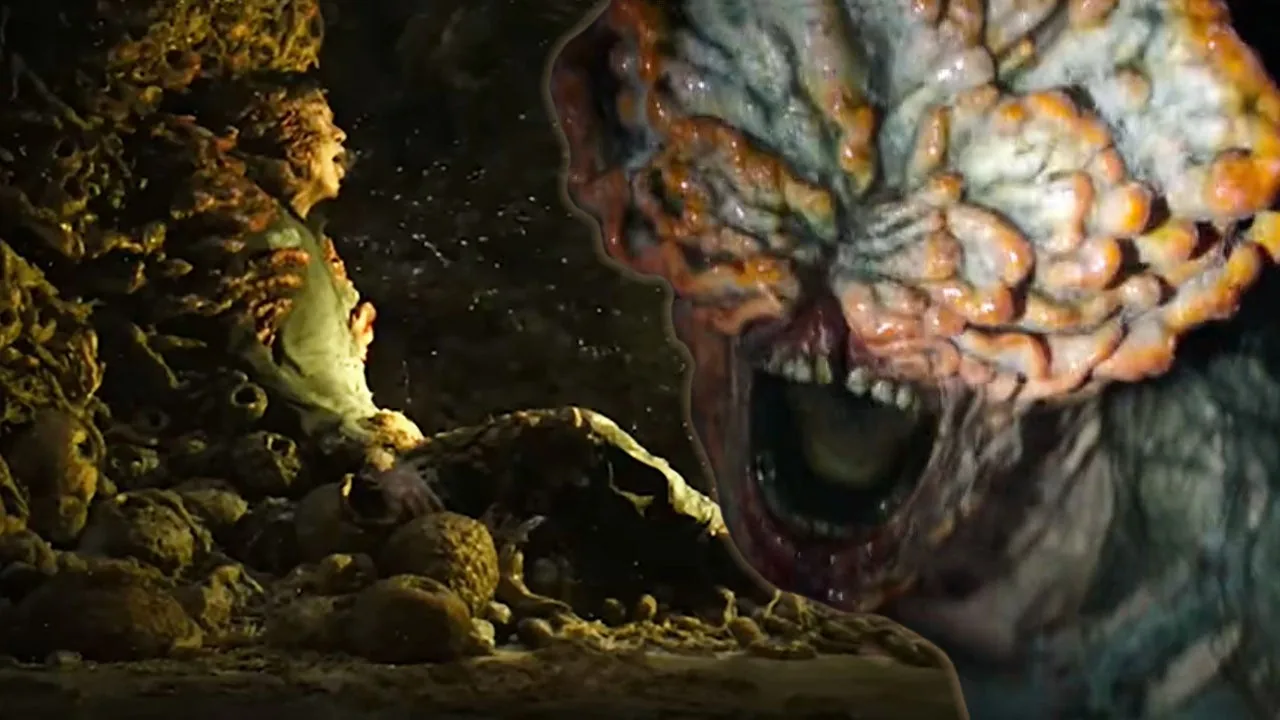

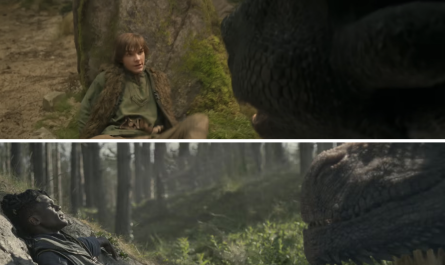
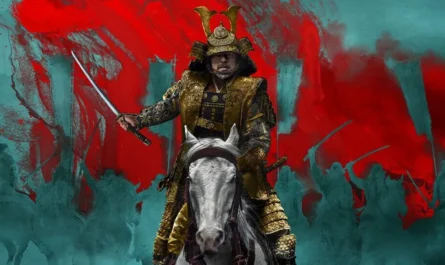
gkihcv
**mindvault**
mindvault is a premium cognitive support formula created for adults 45+. It’s thoughtfully designed to help maintain clear thinking
**sugarmute**
sugarmute is a science-guided nutritional supplement created to help maintain balanced blood sugar while supporting steady energy and mental clarity.
**gl pro**
gl pro is a natural dietary supplement designed to promote balanced blood sugar levels and curb sugar cravings.
**prostadine**
prostadine is a next-generation prostate support formula designed to help maintain, restore, and enhance optimal male prostate performance.
**prodentim**
prodentim an advanced probiotic formulation designed to support exceptional oral hygiene while fortifying teeth and gums.
**vittaburn**
vittaburn is a liquid dietary supplement formulated to support healthy weight reduction by increasing metabolic rate, reducing hunger, and promoting fat loss.
**glucore**
glucore is a nutritional supplement that is given to patients daily to assist in maintaining healthy blood sugar and metabolic rates.
**synaptigen**
synaptigen is a next-generation brain support supplement that blends natural nootropics, adaptogens
**nitric boost**
nitric boost is a dietary formula crafted to enhance vitality and promote overall well-being.
**wildgut**
wildgutis a precision-crafted nutritional blend designed to nurture your dog’s digestive tract.
**mitolyn**
mitolyn a nature-inspired supplement crafted to elevate metabolic activity and support sustainable weight management.
**zencortex**
zencortex contains only the natural ingredients that are effective in supporting incredible hearing naturally.
**yusleep**
yusleep is a gentle, nano-enhanced nightly blend designed to help you drift off quickly, stay asleep longer, and wake feeling clear.
**breathe**
breathe is a plant-powered tincture crafted to promote lung performance and enhance your breathing quality.
**pinealxt**
pinealxt is a revolutionary supplement that promotes proper pineal gland function and energy levels to support healthy body function.
**energeia**
energeia is the first and only recipe that targets the root cause of stubborn belly fat and Deadly visceral fat.
**prostabliss**
prostabliss is a carefully developed dietary formula aimed at nurturing prostate vitality and improving urinary comfort.
**boostaro**
boostaro is a specially crafted dietary supplement for men who want to elevate their overall health and vitality.
**potent stream**
potent stream is engineered to promote prostate well-being by counteracting the residue that can build up from hard-water minerals within the urinary tract.
**hepato burn**
hepato burn is a premium nutritional formula designed to enhance liver function, boost metabolism, and support natural fat breakdown.
**hepatoburn**
hepatoburn is a potent, plant-based formula created to promote optimal liver performance and naturally stimulate fat-burning mechanisms.
**flow force max**
flow force max delivers a forward-thinking, plant-focused way to support prostate health—while also helping maintain everyday energy, libido, and overall vitality.
**prodentim**
prodentim is a forward-thinking oral wellness blend crafted to nurture and maintain a balanced mouth microbiome.
**cellufend**
cellufend is a natural supplement developed to support balanced blood sugar levels through a blend of botanical extracts and essential nutrients.
**neurogenica**
neurogenica is a dietary supplement formulated to support nerve health and ease discomfort associated with neuropathy.
**revitag**
revitag is a daily skin-support formula created to promote a healthy complexion and visibly diminish the appearance of skin tags.
**sleeplean**
sleeplean is a US-trusted, naturally focused nighttime support formula that helps your body burn fat while you rest.
**memorylift**
memorylift is an innovative dietary formula designed to naturally nurture brain wellness and sharpen cognitive performance.
888 casino review
References:
http://bbs.51pinzhi.cn/home.php?mod=space&uid=7455333
agente smart casino totale
References:
https://cannabisjobs.solutions/companies/best-online-casino-payouts-in-australia-ranked-for-2026/
genting casino sheffield
References:
http://8.134.11.35:3000/paulineferri10
osage casino tulsa
References:
https://muwafag.com/compani/blackcoin-services/
casino barriere
References:
http://www.heatherseats@raovat5s.biz/redirect/?url=https://www.emergbook.win/claim-400-up-to-10-000-bonus-300-free-spins
Your point of view caught my eye and was very interesting. Thanks. I have a question for you. https://www.binance.com/register?ref=IXBIAFVY
Diese kostenlose Funktion ist in fast allen Plattformen Standard – und bietet einen echten Mehrwert, besonders für Einsteiger oder vorsichtige Spieler. Anbieter wie Platincasino und AllySpin setzen hier klare Akzente. Gute Tische bieten flexible Einsatzhöhen, Side Bets und einen aufgeräumten Spieltisch. Präsentiert wird das Ganze in einem Hightech-Studio mit professionellen Hosts – oft sogar in deutscher Sprache. Freispiele, Scatter und humorvolle Animationen inklusive.
So entsteht ein transparentes Umfeld, das es Ihnen erleichtert, das beste Online Casino für Ihre Bedürfnisse zu wählen. Seriöse Anbieter in Online Casinos Deutschland bieten Werkzeuge wie Einsatzlimits, Reality Checks und Selbstausschlussoptionen. In deutsche Online Casinos sollten Sie immer feste Limits setzen und diese konsequent einhalten. In die besten Online Casinos steht Ihnen der Kundendienst rund um die Uhr zur Verfügung. Diese Kooperationen sorgen dafür, dass Spieler in die besten Online Casinos stets Zugang zu neuen Spielen, stabiler Software und fairen Mechaniken haben. Namhafte Anbieter wie de besten Game Maker, NetEnt, Microgaming und Playtech haben sich durch qualitativ hochwertige und faire Spiele etabliert. Die führenden Studios, mit denen deutsche Online Casino Plattformen zusammenarbeiten, prägen das Spielerlebnis maßgeblich.
References:
https://online-spielhallen.de/total-casino-deutschland-spiele-boni-zahlungen/
Von der großen Spieleauswahl über Boni bis hin zum VIP-Programm – das Angebot ist vielseitig. Im Status “Mythos” warten zum Beispiel ein 150% Bonus und 100 Freispiele auf Sie. Das NV Casino bietet seinen treuesten Kunden mit dem High Roller Bonus eine spannende Möglichkeit, ihre Einsätze zu erhöhen. Die Umsatzanforderungen betragen 40x für Bonusgeld und 30x für Freispiele.
Das NV Casino bietet eine 50% Bonusaktion bis zu 300 €, kombiniert mit 50 Freispielen für beliebte Slots. Die Plattform bietet ein großzügiges Willkommenspaket von bis zu 2.000€ und 225 Freispielen über die ersten drei Einzahlungen. Mit den NV Casino Freispielen ohne Einzahlung können Sie den beliebten Slot Chicken Chase von Pragmatic Play gratis im NV.Casino online spielen. Das VIP-Programm bietet zudem mehrere Stufen mit steigenden Vorteilen wie höherem Cashback und zusätzlichen Freispielen.
References:
https://online-spielhallen.de/wildz-deutschland-test-bonus-spiele-2025/
Dazu gibt es einen attraktiven 100 % Einzahlungsbonus bis zu 2.000 € sowie 100 Freispiele für neue Spieler. Das einzigartige 10%-Cashback-System unterscheidet sich deutlich von klassischen Willkommensboni und motiviert Spieler, unabhängig vom Spielglück weiterzuspielen. Spieler können dabei mit echtem Geld von zu Hause aus spielen und erleben dennoch die gleiche Spannung wie in einem landbasierten Casino. Ein Online-Casino ist eine digitale Plattform, die klassische Casinospiele wie Spielautomaten, Blackjack und Roulette über das Internet anbietet. Unser Expertenteam hat die Top Online Casinos für den deutschen Markt geprüft – und sie haben abgeliefert.
Präsentiert wird das Ganze in einem Hightech-Studio mit professionellen Hosts – oft sogar in deutscher Sprache. Freispiele, Scatter und humorvolle Animationen inklusive. Besonders beliebt sind auch die mobilen Varianten – bei Anbietern wie Spinz oder Platincasino läuft der Slot rund um die Uhr.
References:
https://online-spielhallen.de/top-9-online-casinos-in-deutschland-2025-serios-getestet/
Es ist ein Anreiz für Sie, mit richtigem Geld zu spielen, müssen aber selbst kein Geld aufwenden. Der Unterschied liegt darin, dass Sie mit No Deposit Spielen Echtgeld gewinnen können. Bei manchen Anbietern können Sie mit diesem Bonus auch Tischspiele spielen, wie beispielsweise Blackjack, Roulette oder Poker. Im Gegensatz zu anderen Webseiten müssen Sie sich bei uns nicht erst anmelden, um die Bonusangebote anzusehen, die wir für Sie ausfindig gemacht haben. Denn Einzahlungsboni wie beim Instant Casino bieten oft deutlich bessere Vorteile – höhere Bonusbeträge, Cashback und mehr Freispiele. Manche Echtgeld Boni ohne Einzahlung kann man auch für Tischspiele einsetzen.
Auch wenn es sich um einen kostenfreien Online Casino Bonus handelt, sollten Sie sich die Bonusbedingungen durchlesen. Sie müssen keine Einzahlung tätigen, um den Bonus zu erhalten. Der Bonus ohne Einzahlung gilt als eine der beliebtesten Aktionen, da Sie Guthaben geschenkt bekommen und direkt ins Echtgeldspiel einsteigen können. Die Anbieter sollten jedoch deutlich klarer mit den Umsatzbedingungen umgehen.
References:
https://online-spielhallen.de/verde-casino-bonuscode-25e-promo-2025-ubersicht/
online sport betting
References:
https://www.folkd.com/submit/urlscan.io/result/019ac582-2fee-7593-9bd3-33540ef16362//
red cliff casino
References:
https://king-bookmark.stream/story.php?title=online-casino-real-money-usa-best-10-in-2025-9
fruit machines
References:
http://xhdyz.cn/home.php?mod=space&uid=363192